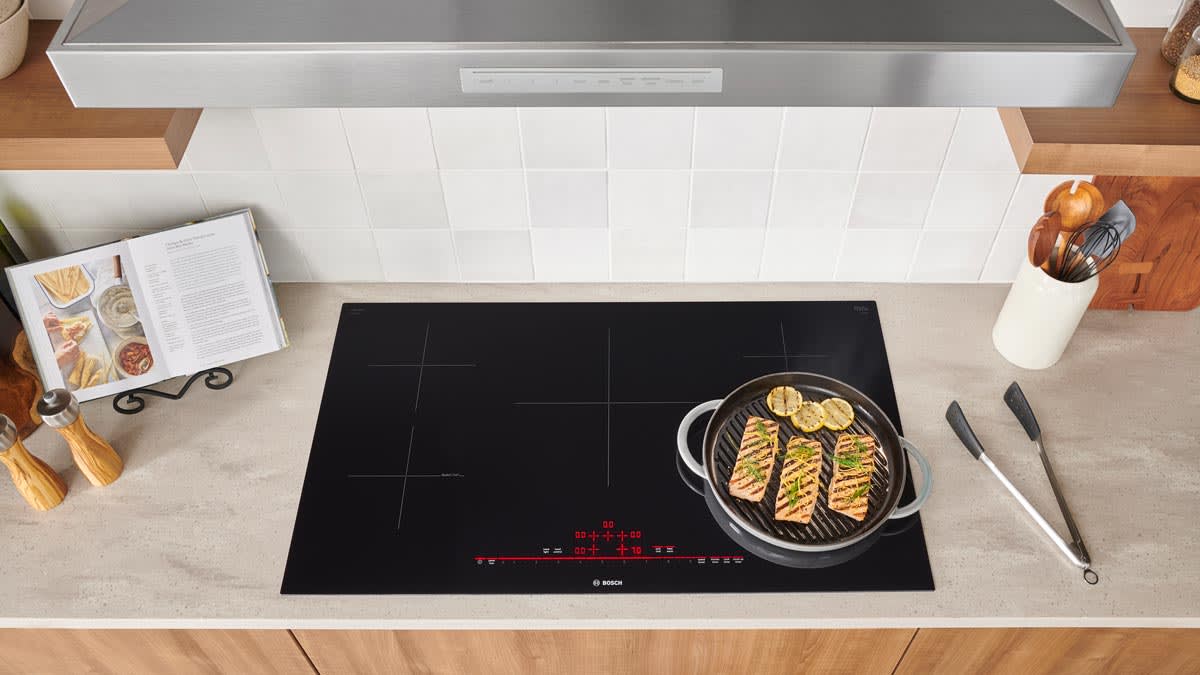- Joined
- Apr 30, 2005
- Messages
- 34,362

Sweden’s innovative solution to powering electric cars - BBC Reel
Sweden is exploring the possibility electric roads which charge electric vehicles as they drive. Adrienne Murray paid a visit to a demonstration project in the south of the country where a new type of technology is being put through its paces.





300x240.png)